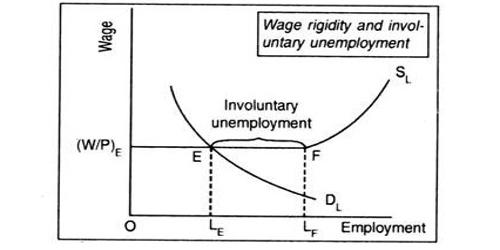We should have a greater understanding as business people of why trademarks are so critical for a successful trade. A trademark is a recognizable insignia, expression, term, or emblem that signifies and legally differentiates a particular product from all other products of its kind. Trademarks are also used as a safeguard for consumers. A trademark marks a product solely as belonging to a specific company and acknowledges the brand’s ownership of the item. Trademarked companies will often work harder to maintain a good reputation in delivering quality services and products.
Individuals and firms have products or services trademarked to shield the merchandise from being employed without the permission of the source company. Trademarks/brands are an efficient commercial communication tool to capture customer attention and make our business, products, and services stand out. Most countries have patent laws that are designed to guard against infringement. Customers viewing a trademark immediately know who they’re handling, the reputation of our business and are less likely to seem for alternatives.
Although most countries have organizations by which corporations can have their products licensed, international copyright law is more complex than in the U.S., because there is no internationally accepted patent office, guidelines or continuity. By registering our trademark, we are protecting our rights as a business owner so no other competitor can diminish or dilute our quality of products or services.
When we register our trademark, we will stop competitors from using or misappropriating not only our exact same business name or logo but also anything that’s confusingly almost like our business name and logo. Trademark and copyright law rarely overlap, but it can happen as an example, when a graphic illustration is employed as a logo, the look could also be protected both under copyright and trademark law.
Some of the importance of trademarks are
- A trademark has the potential to convey emotional and intellectual qualities, and to communicate positive brand messages to the general public; it also conveys a positive identity for the brand of our business.
- A trademark is an easily identifiable symbol, paragraph, or term that denotes a particular product.
- A trademark legally distinguishes a product or service from all those of its kind and acknowledges the ownership of the name by the source corporation.
- Awareness of our brand and also the goodwill embodied in our trademark can often take decades to ascertain.
- Differentiating our product/service from competitors is increasingly difficult to attain, especially over a protracted period.
- Trademarks can also be licensed to other companies for an agreed-upon time or under certain conditions, which might end in crossover brands.
- A trademark offers customer convenience by allowing consumers to recognize (by term, logo, slogan, packaging design, or other indications of origin) which product or service they wish to purchase or avoid.
- Trademarks empower businesses to have a consistent quality standard, helping the customer determine whether to buy a good product or service again or stop an undesirable one.
- Trademarks are often used as a means to protect consumers; as corporations are responsible for certain goods or services bearing their trademarks, they appear to take more pride in goods.
- Trademarks significantly reduce decision-making costs by enabling customers to pick the preferred product or service easily from among competitive offers.
Trademarks and their modern symbols ‘TM’ for trademark and ‘SM’ for service marks signify legal protection, but forms of trademarks have been around since ancient times. Thanks to the lack of registration of a trademark, many firms lose innovative names, exclusive marketing positions, and slogans. We protect our rights as a business owner by registering our trademark so that no other competitor can undermine or dilute our standard of goods or services. A trademark provides protection for companies and consumers alike, making them an important part of running a successful business.
Information Sources:
















